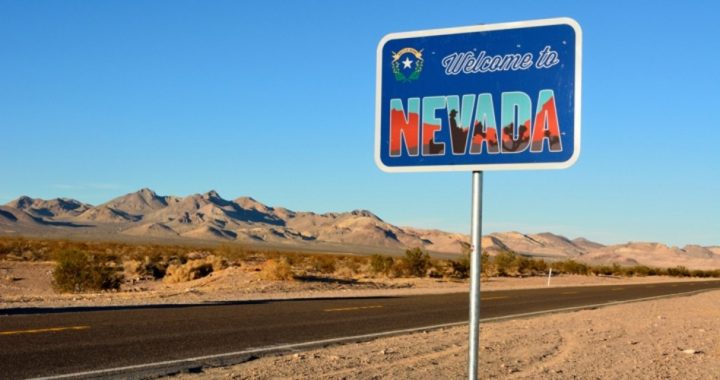
Realtors in Nevada, just across the border from California, are feeling the positive effects of Trump’s new tax reform. Real estate developer David Hutchinson is offering building lots for sale at Clear Creek Tahoe and told Robyn Friedman of The Wall Street Journal:
Most of our lot sales are to buyers from California, the vast majority of whom intend to make them a permanent residence.
If you’re a wealthy tech executive from the Bay Area who can live wherever you want and you have a $3 million [annual] income, you would have $399,000 a year in savings [by moving] here.
That’s a lot of money to spend on real estate.
That’s also a lot of money that California isn’t going to see. Arthur Laffer and Stephen Moore, also writing in the Journal, did the math:
Consider what this means if you’re a high-income earner in Silicon Valley or Hollywood. The top tax rate that you actually pay [under the new tax reform rules] just jumped from about 8.5% to 13%.
Similar figures hold if you live in Manhattan, once New York City’s income tax is factored in. If you earn $10 million [a year] or more, your taxes might increase [by] a whopping 50%.
Those new rules now cap SALT deductions — for state and local income and sales taxes — at $10,000. Under the old rules there was no cap, allowing high-income earners to claim large deductions on their federal income-tax returns. Prior to tax reform, those deductions were worth about $100 billion in 2017. With most of those deductions going away, high income earners are considering their alternatives. What they realized is that if they stayed put, they would be bearing more of the true cost of their state’s government.
The New American reported on May 23 that the “U-Haul index” — a measure of the difference in rates charged for outgoing rental trucks versus incoming trucks — showed Illinois as the number-one state in union for people leaving. Two days later, the New York Business Journal begged to differ: “According to recent data, New York State tops the charts in terms of outmigration” and is followed by Illinois, California, New Jersey, and Connecticut.
Where these emigrants are headed is also predictable: low- or no-income tax states, such as Florida, Texas, Arizona, North Carolina, Nevada, and Georgia.
That out-migration from high-tax states has been going on for years, long before Trump’s tax reform. But with the SALT deductions capped, it will accelerate. Since 2007, Texas and Florida (neither of which have a state income tax) have gained 1.4 million and 850,000 residents, respectively, from other states. California and New York have jointly lost more than 2.2 million residents. Laffer and Moore estimated that about 3.5 million Americans, on net, have relocated from the highest-tax states to the lowest-tax states.
They estimated “that both California and New York will lose on net about 800,000 residents over the next three years — roughly twice the number that left [in the last three years]. Our calculations suggest that Connecticut, New Jersey and Minnesota combined will hemorrhage another roughly 500,000 people in the same period.”
Not only are they taking their checkbooks with them, but also their expertise and creativity. And they are leaving behind unfunded pension liabilities and unsustainable welfare programs whose burdens will fall on those remaining behind.
U.S. Supreme Court Justice Louis Brandeis, in New State Ice Co. v. Liebmann (1932), called the states “laboratories of democracy” where a “state may, if its citizens choose, serve as a laboratory; and try novel social and economic experiments without risk to the rest of the country.” What the justice didn’t envision is how those experiments that failed would inure to the benefit of the other states. It also punishes progressive legislators who think that the high-income milk cows living in their states can be milked forever. As Laffer and Moore pointed out: “A 13% tax rate generates zero revenue from someone who leaves the state for friendlier climes.”
There’s another message as well: Most of those high-tax states are dark blue, while those enjoying the influx of high-income earners are typically bright red.
Image: AlizadaStudios via iStock / Getty Images Plus
An Ivy League graduate and former investment advisor, Bob is a regular contributor to The New American magazine and blogs frequently at LightFromTheRight.com, primarily on economics and politics. He can be reached at [email protected].
Related articles:
More Taxpayers Fleeing Illinois Than Any Other State
Nearly Half of San Francisco Bay Area Residents Plan to Leave
Economists Predict 800,000 People Will Leave New York and California Because of High Taxes



